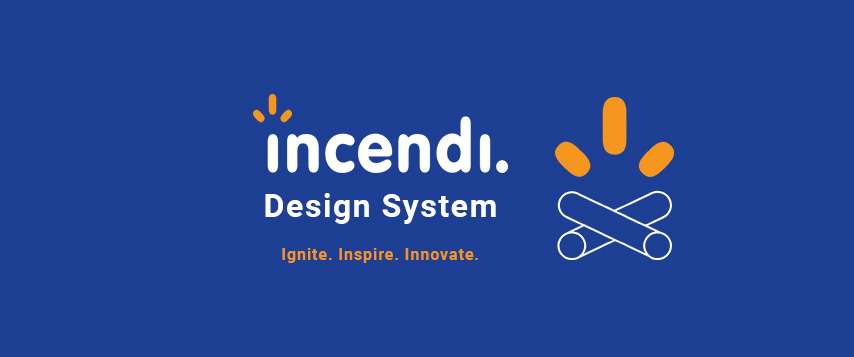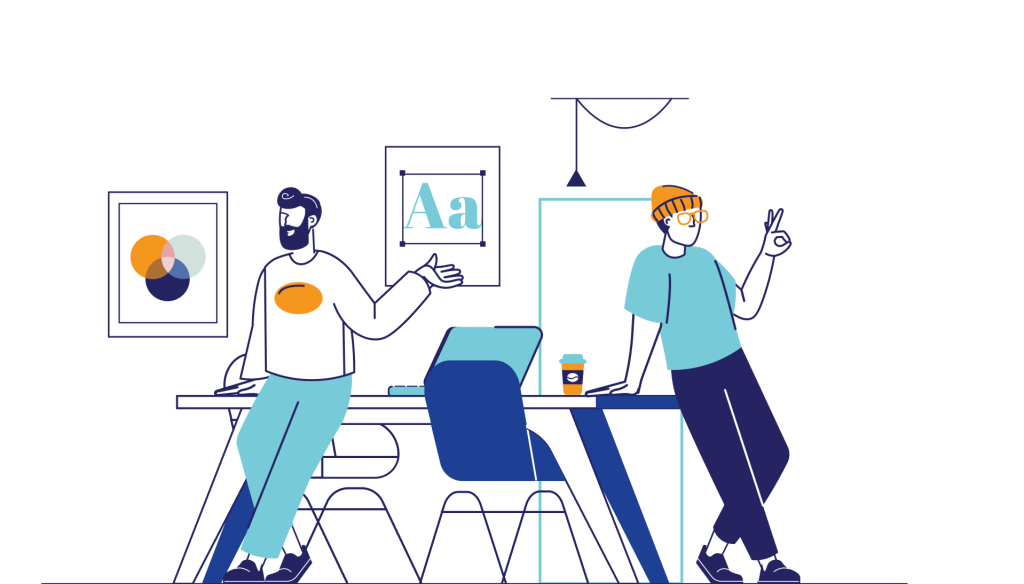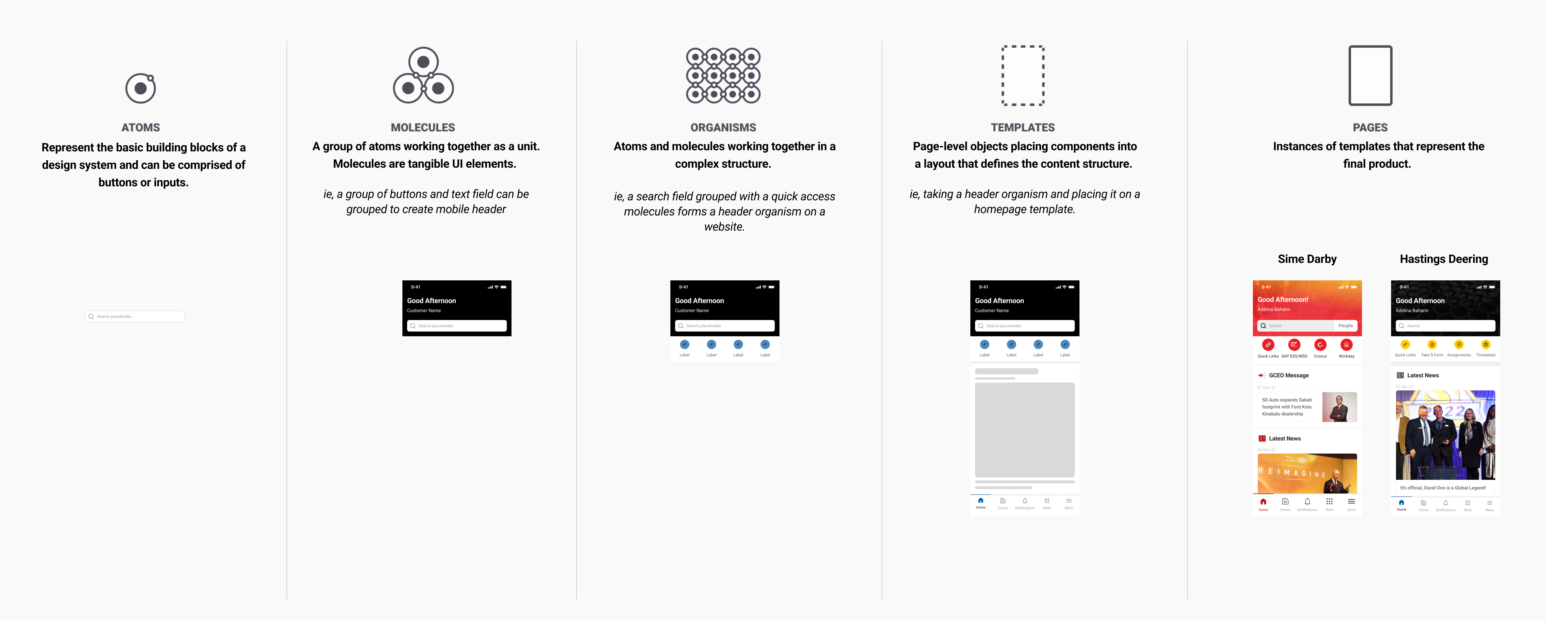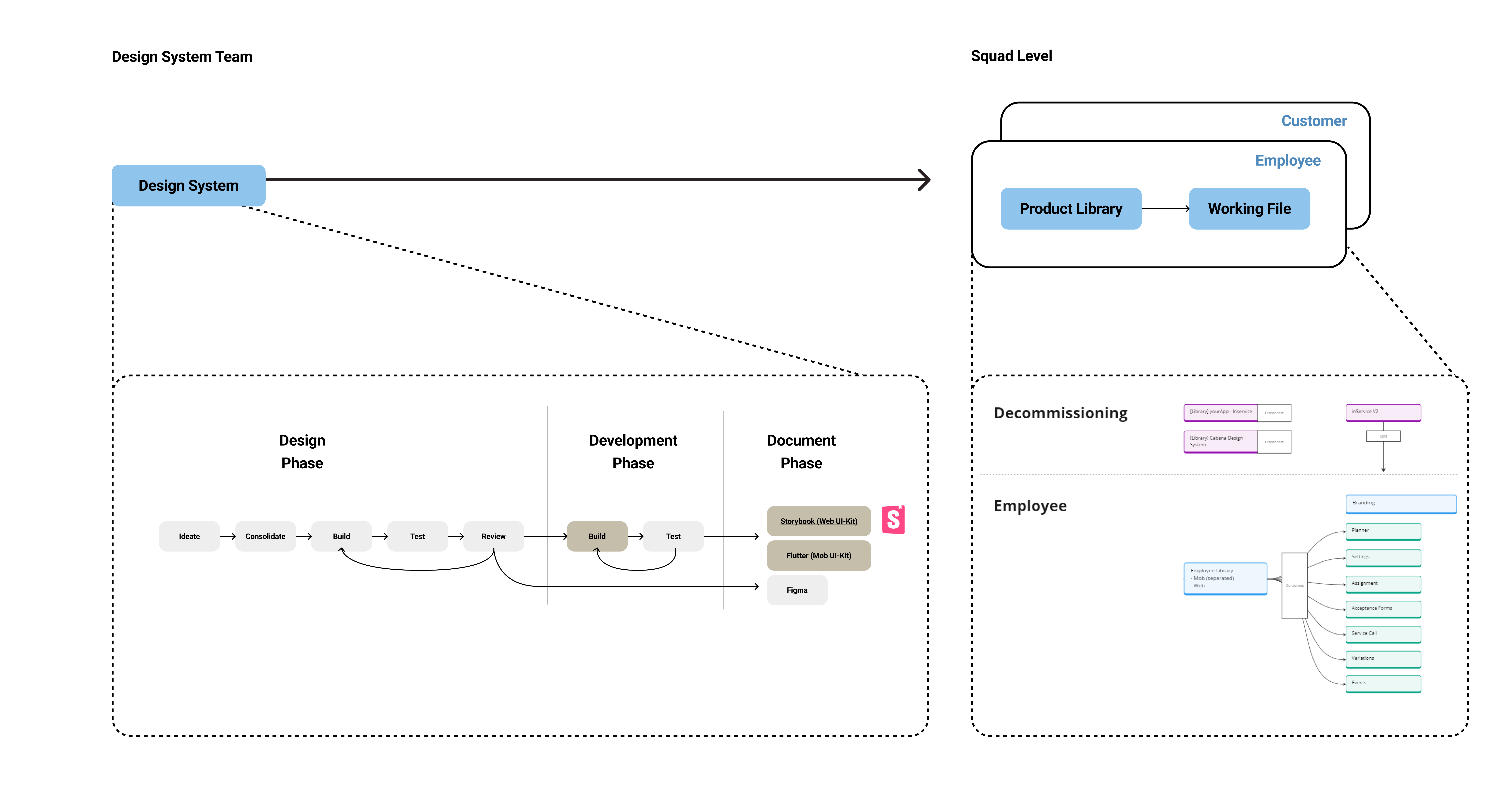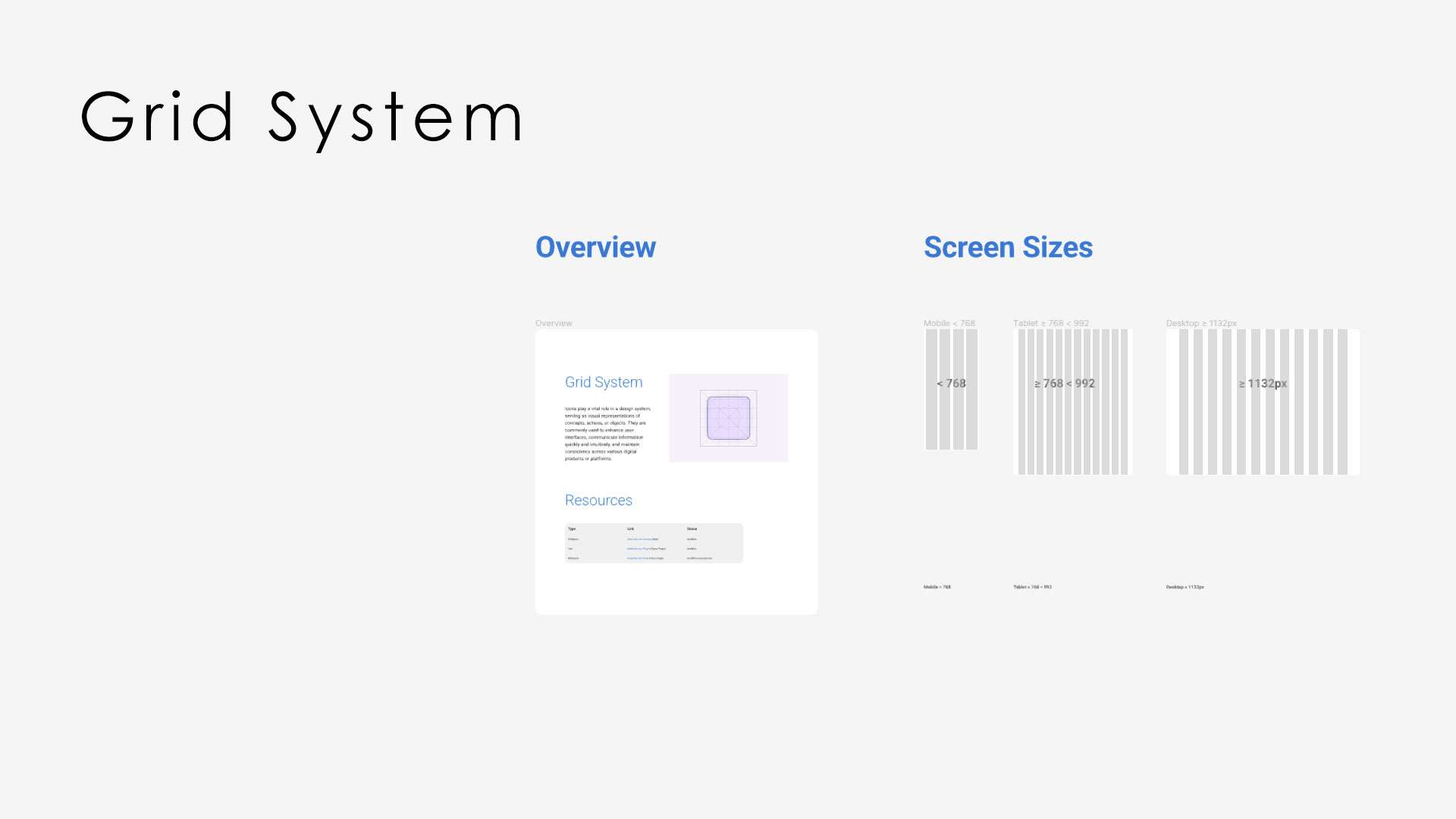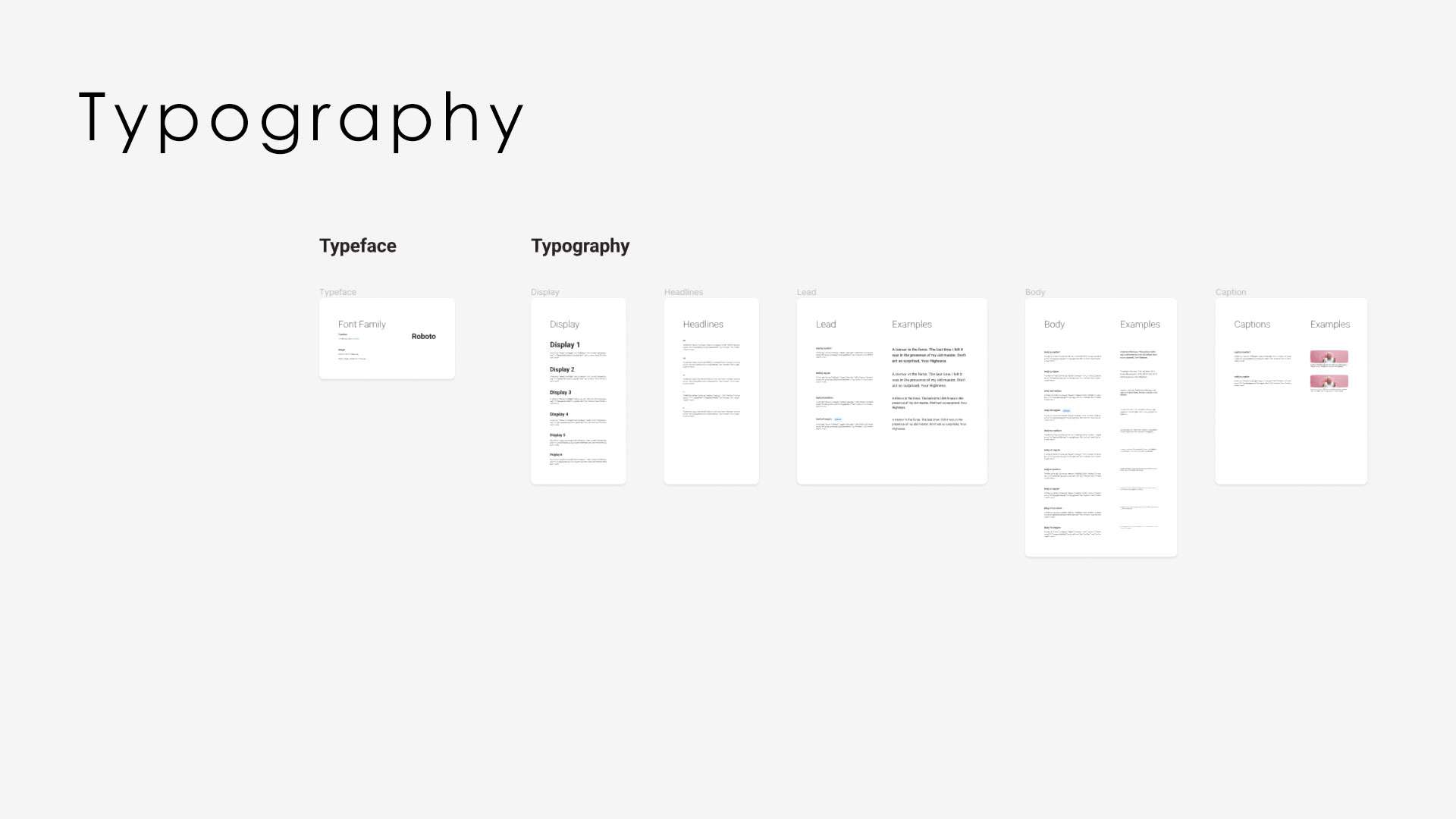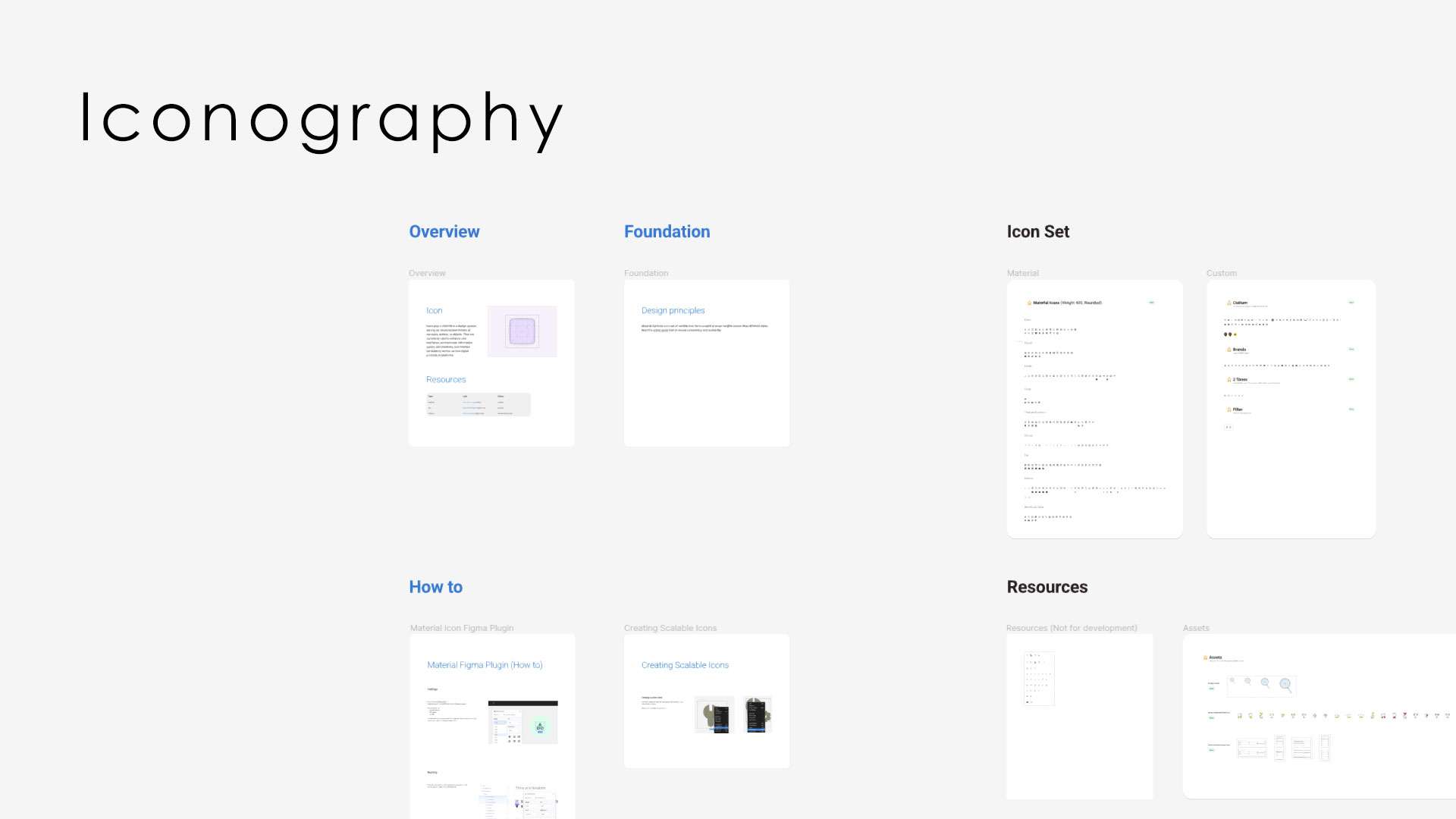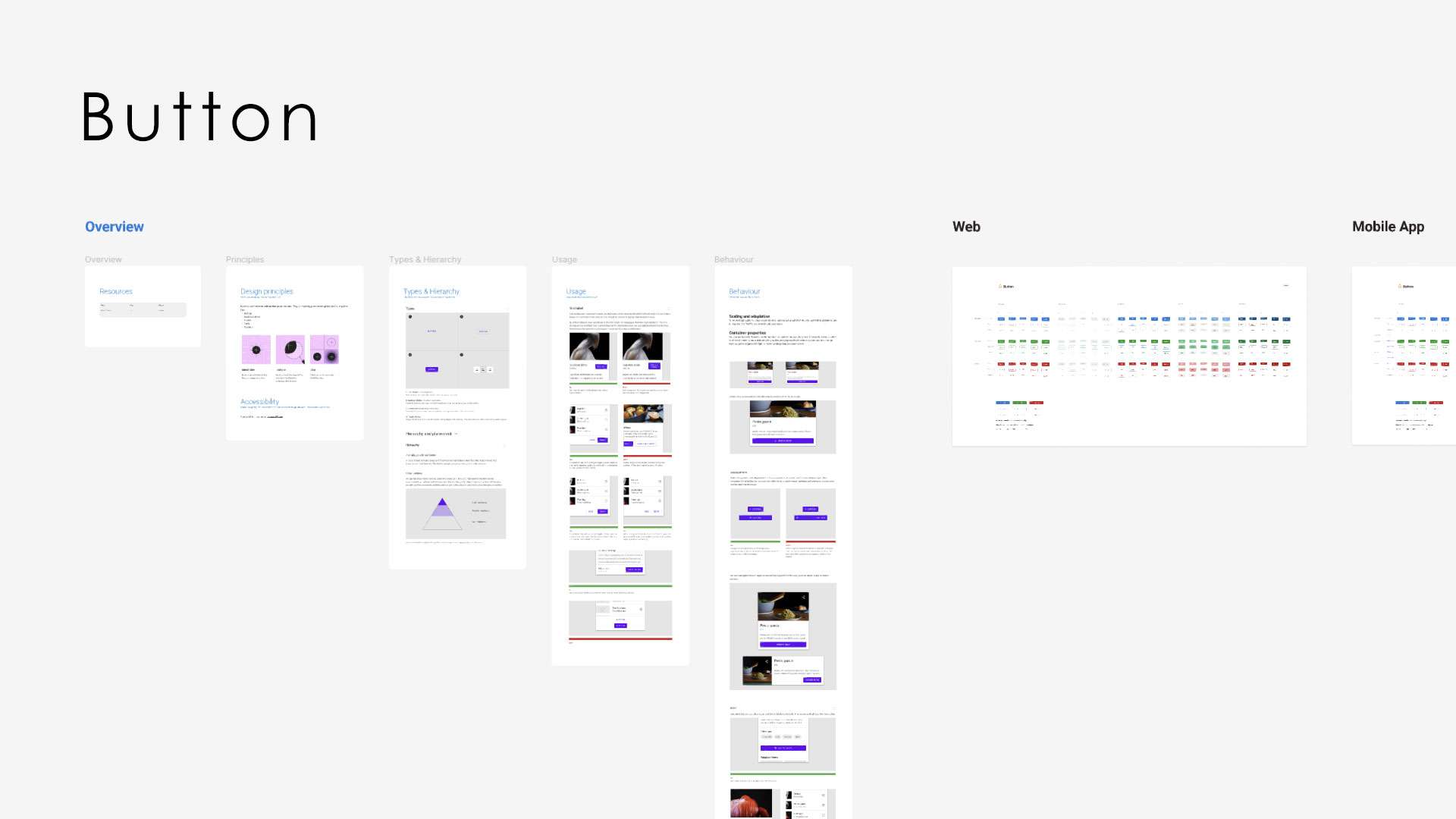The Challenge
As Sime Darby scales its platform, implementing a design system becomes imperative to ensure a cohesive and streamlined user experience across the growing array of services. A design system provides a standardized set of elements, patterns, and guidelines, facilitating consistency in branding, usability, and functionality. This not only accelerates the development process but also enhances user familiarity and trust, crucial factors for a successful and scalable platform expansion.

